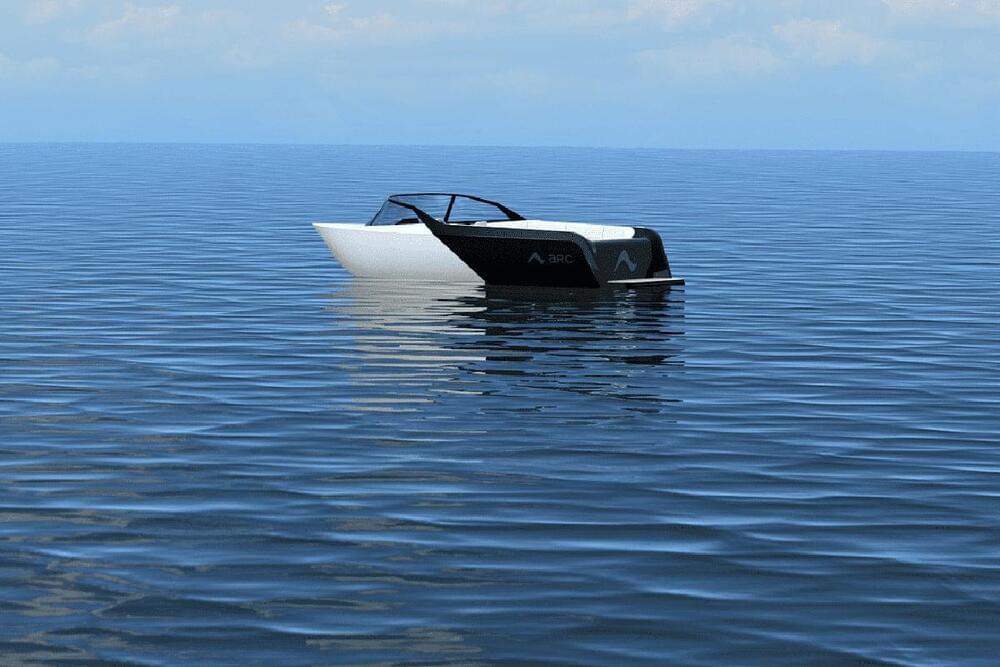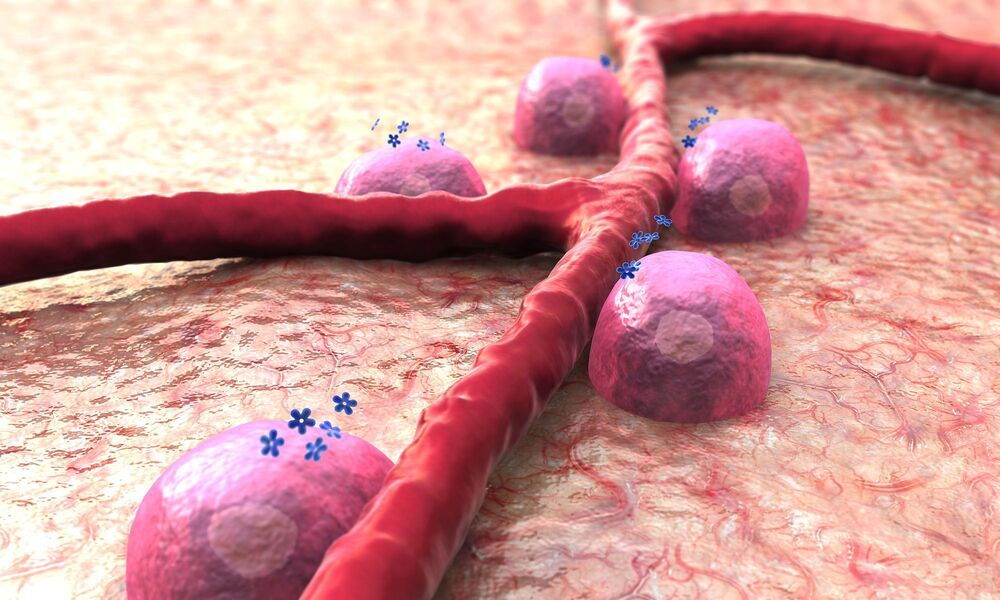Capricor on April 3 said it was continuing to develop its exosome platform technology as a potential COVID-19 vaccine, even as it pursued compassionate use approval for CAP-1002 (See above). The company seeks to develop two candidates. The first is a virus-like particle (VLP) similar in structure to an exosome, and produced by the same process developed by Capricor in its studies of CAP-1002. The other is an exosome-mRNA vaccine formulation designed to elicit a protective, long-lasting immune response to SARS-CoV-2 by targeting all four structural proteins of the virus.
Candidates: Two vaccine candidates for the potential prevention of COVID-19.
Category: VAX
Types: Vaccines based on exosomes derived from the company’s proprietary cardiosphere-derived cells CDCs (CAP-2003) and engineered exosomes, both of which are in preclinical development.
A COVID-19 vaccine in a pill being developed by Vaxart and a nasal spray from Altimmune could offer convenience and maybe even superior immunity compared to injections.
A group of former SpaceX rocket engineers has joined the race to build the commercial electric speedboat. Their revolutionary company, Arc Boats, based in California, has secured a seed funding of $4.25 million to start work on a 24-foot watersports boat that will cost about $300000.
Arc’s first boat looks simple but is something amazing — at least on paper. The Arc Boats already has one prototype ready. The boat will have a 200kWh, 800-volt battery — roughly double the capacity and voltage of Tesla’s current top-tier package. Its 475 HP electric motor will deliver a top speed of around 40 mph (64 km/h), and the battery will allow an average usage time between three to five hours.
The 24-foot-long (7.3 m) boat combines marine-grade aluminum and aerospace manufacturing techniques, which enables a lightweight, low-cost yet strong structure. The boat can seat up to 10 people. Moreover, the boat will throw a wake behind it, meaning it will be fun to use for wake sports like waterskiing.
The speedboat can reach 40 miles per hour and run for 5 hours per charge.
A new discovery explains what determines the number and position of genetic exchanges that occur in sex cells, such as pollen and eggs in plants, or sperm and eggs in humans.
When sex cells are produced by a special cell division called meiosis, chromosomes exchange large segments of DNA. This ensures that each new cell has a unique genetic makeup and explains why, with the exception of identical twins, no two siblings are ever completely genetically alike. These exchanges of DNA, or crossovers, are essential for generating genetic diversity, the driving force for evolution, and their frequency and position along chromosomes are tightly controlled.
Co-first author of the study Dr. Chris Morgan explains the significance of this phenomenon: “Crossover positioning has important implications for evolution, fertility and selective breeding. By understanding the mechanisms that drive crossover positioning we are more likely to be able to uncover methods to modify crossover positioning to improve current plant and animal breeding technologies.”
In the latest of ongoing efforts to expand technologies for modifying genes and their expression, researchers have developed chemically modified guide RNAs for a CRISPR system that targets RNA instead of DNA. These chemically-modified guide RNAs significantly enhance the ability to target — trace, edit, and/or knockdown — RNA in human cells.
In a study published today in Cell Chemical Biology, the team explores a range of different RNA modifications and details how the modified guides increase efficiencies of CRISPR activity from 2-to 5-fold over unmodified guides. They also show that the optimized chemical modifications extend CRISPR targeting activity from 48 hours to four days. The researchers worked in collaboration with scientists at Synthego Corporation and New England BioLabs, bringing together a diverse team with expertise in enzyme purification and RNA chemistry. To apply these optimized chemical modifications, the research team targeted cell surface receptors in human T cells from healthy donors and a “universal” segment of the genetic sequence shared by all known variants of the RNA virus SARS-COV-2, which is responsible for the COVID-19 pandemic.
Increasing the efficiencies and “life” of CRISPR-Cas13 guides is of critical value to researchers and drug developers, allowing for better gene knockdown and more time to study how the gene influences other genes in related pathways.
“CRISPR RNA guide delivery can be challenging, with knockdown time limited due to rapid guide degradation. We were inspired by the guide modifications developed for other DNA-targeting CRISPRs and wanted to test if chemically modified guides could improve knockdown time for RNA-targeting CRISPR-Cas13 in human cells,” says Alejandro Méndez-Mancilla, PhD, a postdoctoral scientist in the lab and co-first author of the study.
Summary: Learning a new language can affect musical processing in children, researchers report. Findings support the theory that musical and linguistic functions are closely linked in the developing brain.
Source: University of Helsinki.
Research has shown that a music-related hobby boosts language skills and affects the processing of speech in the brain. According to a new study, the reverse also happens—learning foreign languages can affect the processing of music in the brain.
“We patronize [the animals] for their incompleteness, for their tragic fate of having taken form so far below ourselves. And therein we err, and greatly err.” Animals diverge from us in wonderfully creative ways. Did you know dogs have magnetotactic abilities and prefer to relieve themselves along a north-south axis? And dolphins echolocation allows them to see X-ray-like images & “tell” other dolphins what they’ve seen without our clumsy, 1-word-at-a-time process. Instead, they create a visual picture of what they saw in the minds of other dolphins, perhaps even “bolding” aspects they want to emphasize.
https://www.robertlanza.com/the-Most-Amazing-Things-About-Animal-Consciousness/
A form of reinforcement learning helps in the trade-offs between power, performance, and area in chips.
“The reason a glucose-responsive insulin is important is that the biggest barrier to the effective use of insulin, especially in Type 1 diabetes, is the fear of the consequences of blood sugar going too low,” says study author Michael A. Weiss.
For sufferers of diabetes, keeping blood glucose levels within a healthy range can be a difficult and labor-intensive balancing act that often requires regular insulin injections, but some scientists imagine a future where medicine does the heavy lifting for them. A team at Indiana University School of Medicine has taken a promising step towards this future, demonstrating a type of “synthetic hinge” that swings into action when blood glucose levels call for corrective action.
The hormone insulin plays a vital role in keeping glucose at healthy levels in the blood, pulling it out of the bloodstream and helping turn it into energy. In diabetes patients, insufficient amounts or insulin that results in a reduction in effectiveness means that blood glucose levels are left to rise to potentially dangerous levels, which can have serious consequences.
Injections of insulin are a way for Type 1 diabetics to manage the condition, but one dangerous side effect of this is the potential for them to drive blood-sugar levels too low, a condition known as hypoglycemia. These concerns have moved scientists to explore a concept known as “glucose-responsive insulin,” an engineered form of the hormone that would self-adjust depending on the blood sugar levels of the patient.








